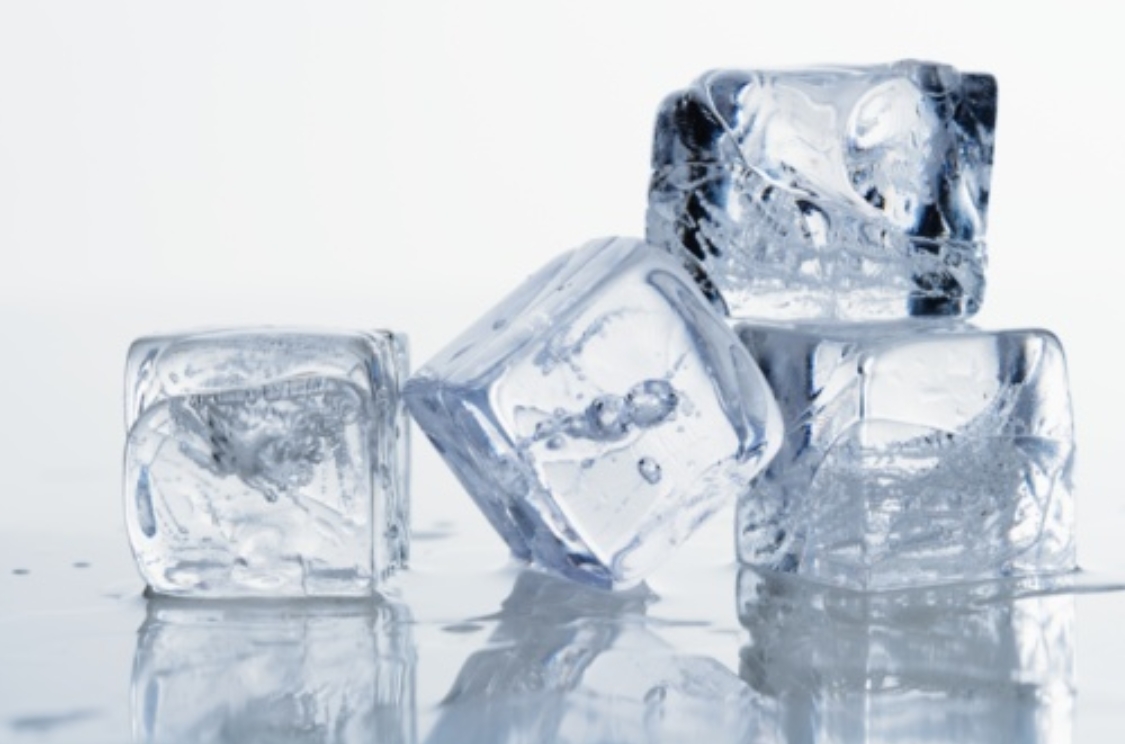Six Steps to Determining Your Commercial Ice Requirements
Commercial ice machines are a huge, but necessary investment. It is able to produce huge quantities of ice in a short period of time and is therefore able to keep up with the demands of the drink orders that might be found at a restaurant, cafeteria, or bar. Because these machines are so expensive to run, it is important to optimize the amount of ice that is being produced so that money is not being wasted on unused materials, but there is still enough ice to meet the needs of the customers. There are six simple steps to follow in order to figure out commercial ice requirements.
1. Determine Your Ice Needs
The first is step is to determine the ice needs of the business. This could vary from restaurant to restaurant, or from bar to bar. Generally, restaurants will need half cubed ice and will need to determine the daily use of a person in the restaurant, as will cocktail bars. However, cocktail bars need to determine the amount of ice required per chair, rather than per person. Salad bars need flaked ice, while fast food restaurants calculate the amount of ice (either half cube or nugget) required per drink. Bars and clubs will usually calculate the amount of ice that is needed per seat and will either use half cube or gourmet cube. By determining the type needed, as well as how to calculate, it will be possible to develop a rough estimate of the restaurant’s commercial ice requirements.
2. Use the Formula
The next step with regards to determining how much product a machine needs to produce is to use the formula below. This formula takes all of the different information provided and calculates how much needed ice and how much ice a machine can produce in a given amount of time. The formula looks like this:
Production ÷ 24 hours = Hourly Capacity
Storage capacity ÷ Hourly capacity = Recovery Time
Run time × Hourly capacity = Net Yield
Batch weight × (cycle time minutes ÷ 1440) = Maximum 24 hour yield
3. Determine the “Hourly Ice Capacity”
Each part of the above formula will need to be computed individually in order for the formula to be utilized efficiently. The first part is to figure out what the hourly ice capacity is. Essentially, the hourly ice capacity is the amount of ice that can be produced by a machine within an hour. To figure that out, a machine can be run for a 24 hour period. This is known as the amount of “Production” that the machine is able to put out. Once determined, that number is divided by 24 hours, since that is the number of hours in the day. Once this number has been calculated, it is possible to go onto the next step of the formula.
4. Determine the Length of the “Recovery Time”
The next part that needs to be calculated is recovery time. Recovery time is the amount of time that the storage bin connected to the ice machine can receive ice until it is full. This number is calculated assuming that no ice is being removed from the storage bin. To figure out this number, the storage capacity of the machine will need to be figured out. Ordinarily, ice machines are classified by the amount of ice they are able to hold, so this number is usually part of the general knowledge associated with the machine. Take the storage capacity and then divide it by the hourly capacity which was determined in the previous step to calculate recovery time.
5. Calculate the “Net Yield”
To calculate the net yield of a machine that produces ice, take the amount of time for which the machine is being run and multiply it by the hourly capacity. The run time is usually for more than twelve hours. The time at which the ice machine is turned on and turned off is determined by each individual restaurant. Therefore, this number will differ for everyone. The net yield that is calculated is the amount of ice that will be produced in an average day.
6. Calculate “Your Maximum 24 Hour Ice Yield”
Finally, you calculate the maximum amount of ice produced in a 24 hour period. The amount of time that it takes for a cycle of ice production to be completed is divided by 1440, the number of minutes in 24 hours. This number is then multiplied by the weight of the batch of ice that is created within an ordinary cycle.
By using this formula, it will be possible to maximize the efficiency of the machine that produces ice. Therefore the restaurant or bar will have the amount of ice that it needs, while minimizing extra, unused ice waste. Following this simple process will cut costs, reduce waste, and increase a company’s overall profits so it can be successful.
Contact RSI to help determine your commercial ice requirements:
Phone: 972-279-3800
Toll-Free: 888-TOO-WARM
Service Email: RSIService@rsidfw.com




